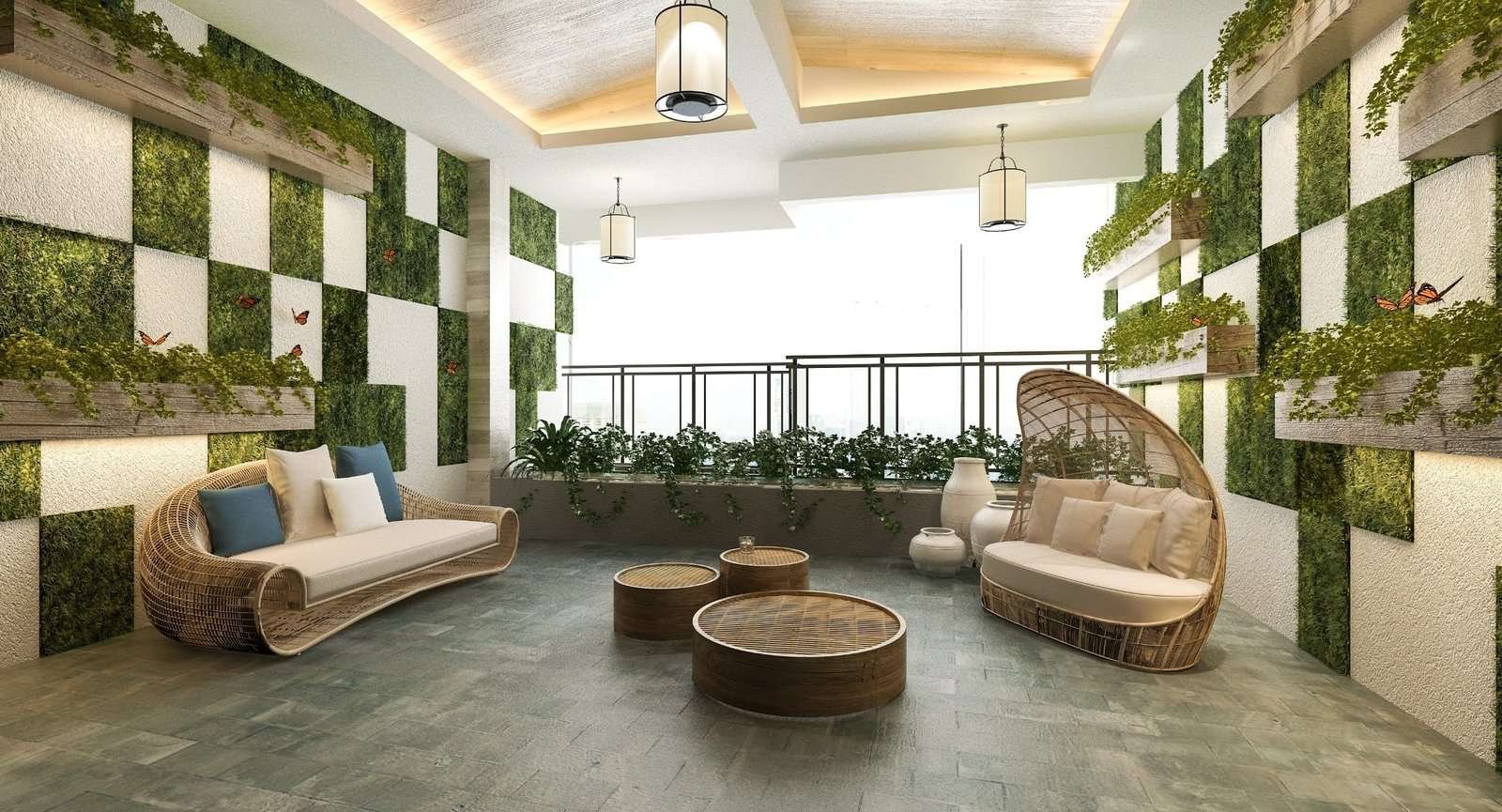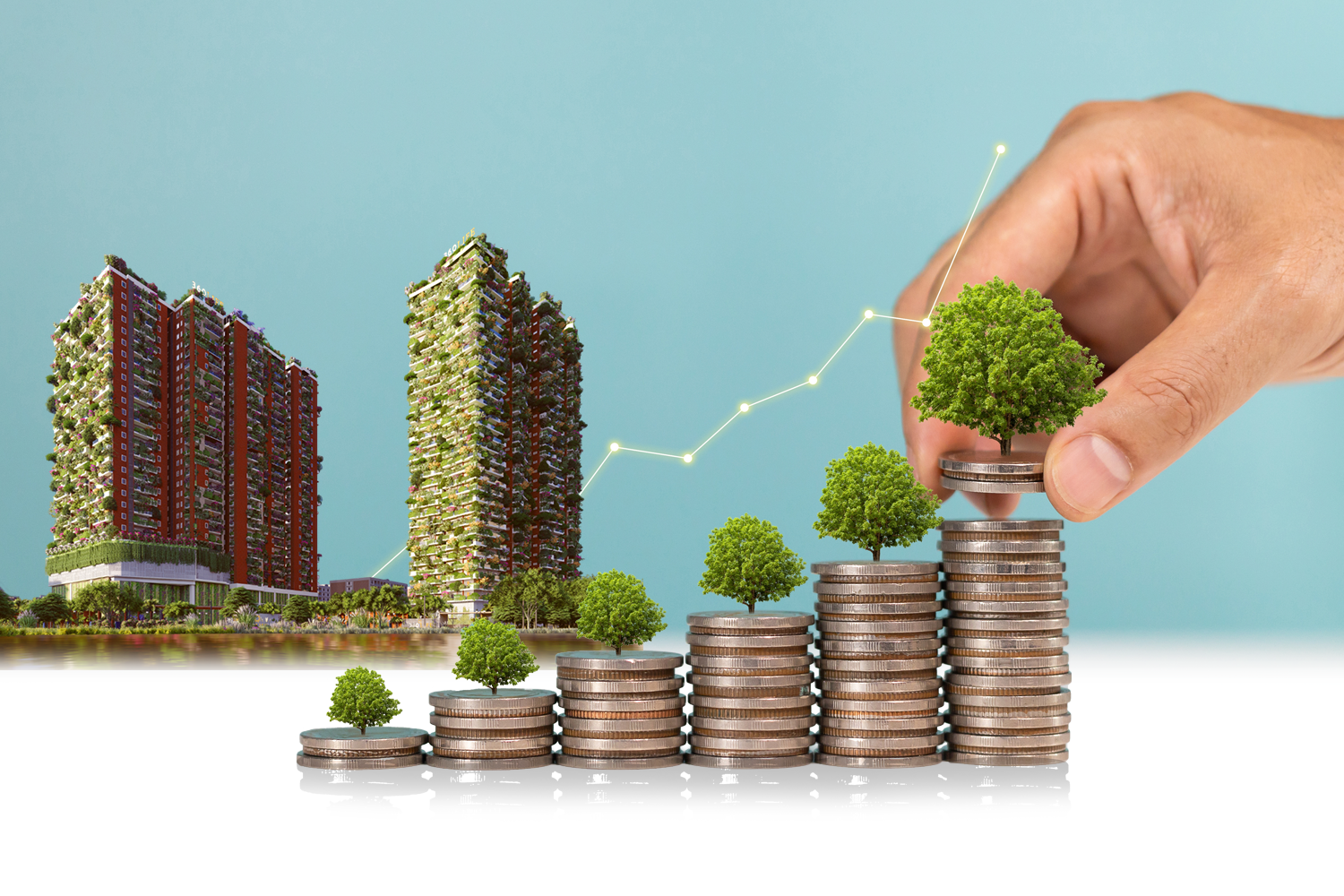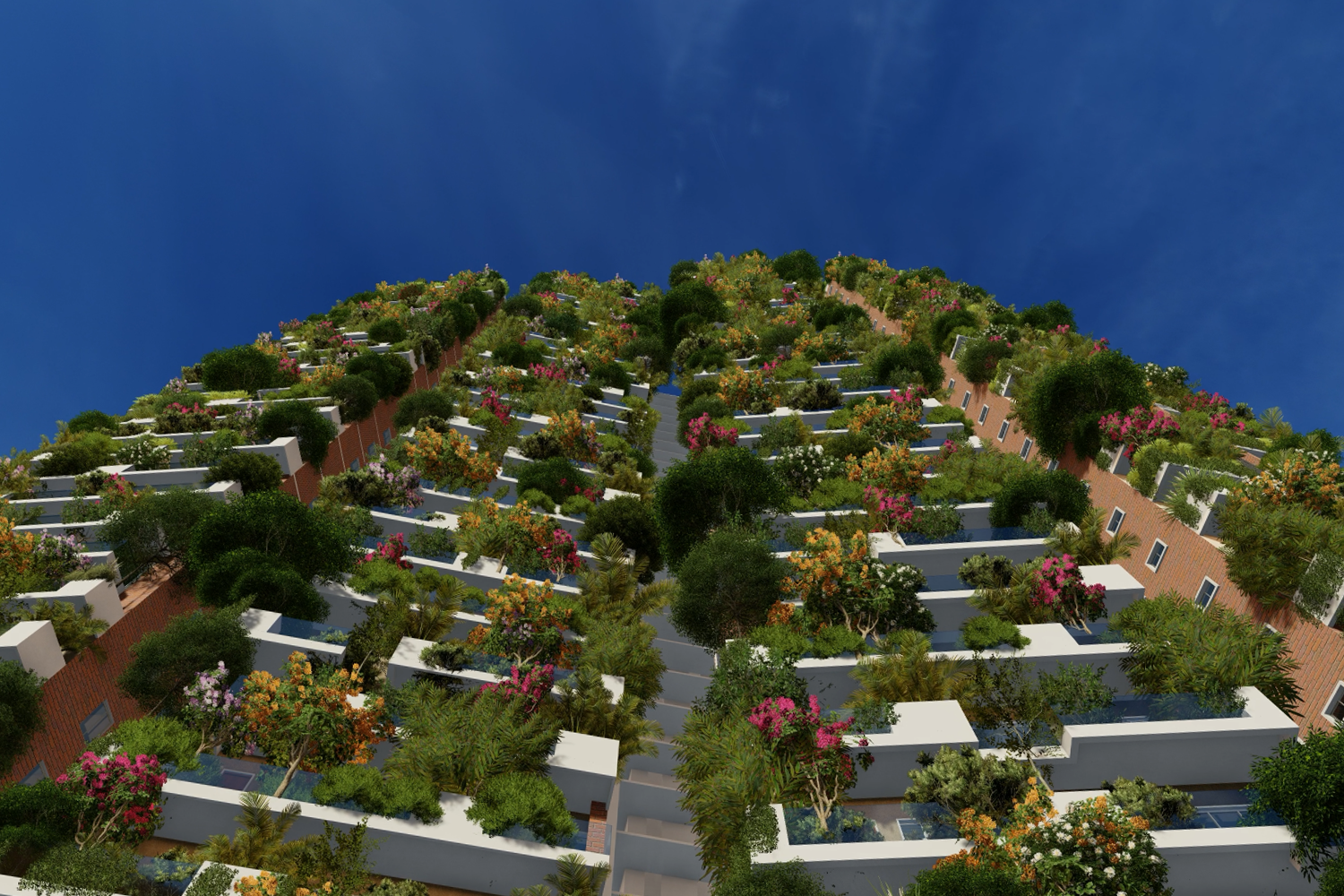In the concrete jungles of our cities, where skyscrapers dominate the skyline and green spaces are often scarce, a new trend is emerging – the vertical forest. Meanwhile, this innovative approach to architecture is not only reshaping the aesthetics of urban landscapes but also revolutionizing the way we interact with our built environments. Through the integration of biophilic design principles, vertical forests are transforming sterile skyscrapers into thriving ecosystems, enriching the lives of city dwellers and benefiting the planet in the process.
Biophilic Design: Bringing Nature Back to Urban Living
Above all, biophilic design, a concept rooted in our innate connection to nature, is at the heart of the vertical forest movement. Moreover, by integrating natural elements, patterns, and materials into the built environment, biophilic design seeks to enhance human well-being and reconnect city dwellers with the natural world.
The Integration of Vertical Forests and Biophilic Design Principles:
So, how do vertical forests embody biophilic design principles? Let’s explore some key aspects:
Maximizing Greenery:
Certainly, vertical forests are essentially giant living structures, teeming with vegetation that spans multiple stories. These lush green spaces not only provide habitat for wildlife but also improve air quality, reduce noise pollution, and regulate temperatures within the building.
Natural Light and Views:
Biophilic design emphasizes the importance of natural light and views of nature in indoor spaces. Furthermore, vertical forests incorporate ample glazing and open-air terraces, allowing occupants to enjoy panoramic views of the surrounding landscape while basking in abundant sunlight.
Natural Materials and Textures:
In addition to living vegetation, vertical forests often utilize natural materials such as wood, stone, and bamboo in their construction. However, these materials not only lend a sense of warmth and authenticity to the building but also evoke the textures and patterns found in the natural world.
Biodiversity and Ecosystem Services:
By creating habitats for birds, insects, and other wildlife, vertical forests promote biodiversity within urban environments. Furthermore, they offer a range of ecosystem services, including carbon sequestration, stormwater management, and urban heat island mitigation, thus contributing to the overall health and resilience of the city.
The Benefits of Vertical Forests with Biophilic Design:
The fusion between vertical forests and biophilic design offers a host of benefits for both inhabitants and the environment:
Improved Health and Well-being:
Studies have shown that exposure to nature has numerous health benefits, including reduced stress, improved cognitive function, and faster recovery times. By bringing nature into the heart of the city, vertical forests enhance the quality of life for residents and workers alike.
Environmental Sustainability:
Most importantly, vertical forests play a crucial role in mitigating the environmental impacts of urbanization. From sequestering carbon dioxide to reducing energy consumption, these green skyscrapers help cities transition towards a more sustainable future.
Enhanced Aesthetics:
Beyond their ecological benefits, this is to say vertical forests serve as architectural marvels that capture the imagination and inspire awe. With their verdant façades and striking silhouettes, these living buildings redefine the visual landscape of our cities, creating iconic landmarks for generations to come.
Conclusion:
In an era marked by rapid urbanization and environmental degradation, vertical forests offer a compelling vision for the future of urban living. By merging biophilic design principles with innovative architectural solutions, these green skyscrapers are redefining our relationship with the built environment, fostering harmony between humans and nature in the heart of our cities. As we strive to create more resilient, livable, and sustainable urban landscapes, the rise of vertical forests stands as a beacon of hope, reminding us of the transformative power of nature-inspired design.





